I’ve managed to gather a lot of supplies and gear over the years, and just like many preppers out there, I had to figure out ways to store my stuff without letting anything go to waste. I had the opportunity to help many of my friends with their survival supply storage problems, and I decided to write this article to share some good practices.
Preparing for a potential emergency is expensive and time-consuming, and without a doubt, you should have supplies to last you a long time. No matter where you live, there’s always the risk of something happening that will jeopardize the integrity of your supplies. No matter how well you plan, you can never be fully prepared for the unexpected.
Basic storage recommendations
I tell people that if they have the budget for it, they should store their supplies in airtight, waterproof containers. Such containers not only will protect your stuff from water and air, but they also provide decent protection against insects and rodents.
If you’re working with a budget, buy some plastic totes from a discount store. Make sure they have a good-fitting lid, and for added protection, you can seal the lids with duct tape. Another option that many preppers prefer is to use metal ammo cans of various sizes. They often buy these cheaply online or from a military surplus store or gun shows. These metal cans come in various sizes, making them ideal for storing gear.
If you plan on using the abovementioned containers for food storage, make sure you label them properly by writing on them the type of stored items, the number/quantity of items, and the expiration date. Use a sharpie to clearly label each box because you want to quickly find the things you need when SHTF.
Try to group similar items together. For example, I have a plastic tote in which I keep some knives, 2 hatchets, and a few sharpening items, including a sharpening stone. The idea is to have the knives and sharpening items stored in the same place and not have to go through all the boxes to find a complementary item.
I have a large plastic box in which I keep a few sets of batteries at the bottom of the box, and on top of the batteries, I have all sorts of flashlights, headlamps, camping lanterns, and various light-generating devices.
So, the bottom line is to group items that will be used together in the same boxes to make your life easier. This will help you avoid going through all the boxes when you’re looking for particular items that pair well together.
The importance of finding the right location for your stuff
By now, you should have learned that excessive heat and direct sunlight are a big NO for your food supplies. However, heat and light will also become a problem for your gear since it can damage it beyond repair.
For example, the plastic material of certain items can degrade over time if it’s exposed to temperature fluctuations or if it’s burned constantly by direct sunlight. Your batteries will be affected by humidity and temperature as well, and a too hot or cold environment will shorten the life of the batteries.
I usually keep food supplies and gear in a room that’s dark and cool where the temperature is above 32 degrees and below 60 degrees with little to no fluctuation in temperature.
I have all my supplies on shelves, and over the years, I’ve built various shelving systems just to accommodate the stuff I have. There are various heavy-duty plastic storage shelving kits you can buy from Home Depot and other general stores that are lightweight and easy to assemble.
Now when it comes to the actual location of where to store your supplies, this is something we all have to carefully consider. There are certain risks faced by many folks out there, and the following list should assist in your decision on where to store all the stuff you have. I recommend ranking based on how likely it is to happen in your region.
Potential risks for your stored supplies:
- Wildfires
- Earthquakes
- Volcanic eruptions
- Floods and flash floods
- Tornadoes and violent storms
- Blizzards
- Heat waves
- Landslides and rockslides
It goes without saying that besides the natural disasters listed above, there could be other events such as extended power outages or nuclear/radiologic incidents. However, the ones listed are some of the most common natural disasters you may encounter, and it’s better to deal with those first.
Based on your region, topology, the number of past occurrences, and home layout, you can rank the potential risks that might affect your property. In fact, you should already have something like this listed since the first thing you need to do when you start prepping is to make a risk assessment for your region.
The next thing you have to consider is what structure you have available for storing your supplies and how it was constructed. For most folks, the following alternatives are available for storing their supplies:
- Basement or root cellar
- Outbuilding (garage, shed, or barn)
- An empty room inside their house
- Storm shelter
- Safe room
Think of where these structures are located and if they are suited for storing your supplies. For example, if you live in Florida, storing supplies in your basement should be out of the question because of the high water table.
If you live in an area with constant heat waves, storing your supplies in an empty room upstairs is also questionable. You might be able to run the AC to keep a comfortable temperature, but if power outages are also frequent in your area, you might want to find another location.
Here are a few questions to figure out if the storage location you’ve picked is indeed a good choice to keep your supplies safe:
Is the storage location prone to flooding? Has it, or could it flood?
Does the storage location have high humidity? If the answer is yes, can you reduce it?
Can you regulate the temperature and keep it between 32 degrees and below 60 degrees?
Is the location situated near an area susceptible to fire? Is it built from flammable materials?
Is the area prone to mudslides or rockslides?
Is the storage location constructed well enough to withstand one of the potential risks we listed above?
It is important to know everything about your home and storage area, and you should enquire how everything was constructed. Some folks will often have to improve the structure of their buildings just so that they can withstand the events they are preparing for.
If you want to build a storage structure, you need to plan accordingly and build it to last. I have a friend living in Iowa, and he built an underground shelter to store all his food and supplies. He did a pretty good job considering that during the flooding in 2019, his “cellar” was not as flooded as the ones of his neighbors. He spent quite a lot of money on insulating the shelter, but he was also smart enough to build a sump tank and install a sump pump, just in case.
The bottom line is that if you plan to use an already available storage location, make sure you improve it to withstand whatever you fear may affect its integrity or the integrity of the items it hosts. If you want to build something yourself, don’t skimp on materials and quality and build something that will last.
How about checking the weather?
It should be no surprise by now that the weather patterns are changing, and various weather effects are affecting our properties more often than before. However, researching historical weather patterns for your area is highly recommended because it will give you an idea of what you should expect in the near future.
Now let’s say you are living in a high-risk area for hurricanes or violent winds coming from the south. In your situation, it would be wise to store your supplies in the northern part of your home or the structure designated for storing your stuff. If tornadoes are ripping through your area from the southwest, then pick the northeast side of your home. Also, you should put up some walls between the location of where your supplies are stored and the probable path of a storm. Checking the historical weather records helps you prepare better because it will reveal certain weather patterns that may not be obvious at first. If your area is not known to be susceptible to flooding and you see that there was at least one flooding event once or once every two years in the past two decades, it’s obvious that the weather pattern is changing for your location. You should now make preparation for natural disasters that were once a rarity in your region.
Have a backup plan
I can tell you from experience that you cannot prepare for everything, and it’s impossible to foresee any event that might hit your region. The sooner you understand this the more “relaxed” you will become and ready/willing to prepare for the unexpected.
Those that know me have understood that I’m all about backups, and I have a backup plan, even for my backup plan. And for me, this is good practice, and it follows certain reasoning. If you spend a lot of time, energy, and money to get prepared, why not have/implement a backup plan and improve your chances even more?
The same goes for my supplies, and I never put all my eggs in the same basket. My goal is to have alternatives and backups when it comes to supplies, and over the years, I’ve managed to make multiple caches of survival supplies in different locations. I’m almost 100% certain I will have the bare minimum and then some if my house is destroyed or if I’m unable to reach the supplies I’ve stored at home.
I advise you to at least consider storing some supplies with friends or family within walking distance. Even storing some supplies with your trusted neighbors is a good start. Once you do this, plan for caches in your area and make sure you cover the basics of food, shelter, and water. Store everything in waterproof containers and map the region to make sure you can find your stuff.
Once you start doing it, you will learn how to improve your caches based on key factors such as the topology of your region, available resources, and the knowledge/skills you have. For example, if you cache some of your supplies in a forest close to a lake and you know how to fish, how about storing the bare minimum to help you fish if you are using that cache? If someone in your family suffers from a life-threatening condition, how about adding some prescription medication to a cache within walking distance from your home?
Concluding
The supplies your store, how you store them, and where can be adapted based on your needs or the needs of those needing the supplies. It’s always a matter of personal preference since each person’s situation is unique, and there are no absolutes when it comes to being prepared. Your goal is to make sure you store your supplies in a location that is not affected by a natural disaster or the elements, and you have to store them in such a manner that they would last until you need them. To give yourself a fighting chance, I advise you to consider all the risks associated with where and how to store your supplies and plan for backups.


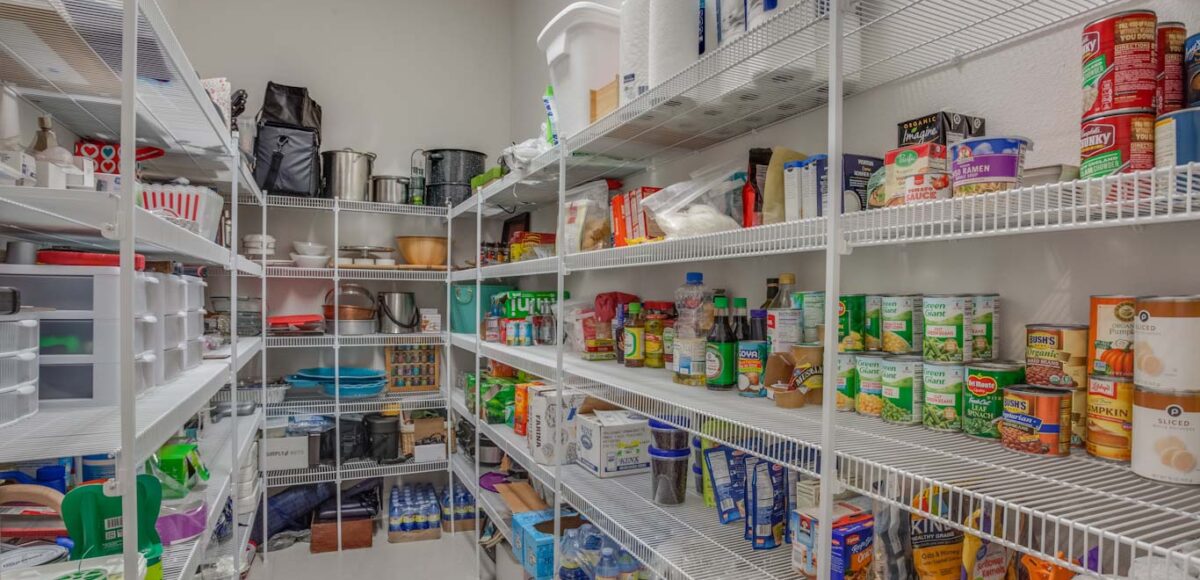


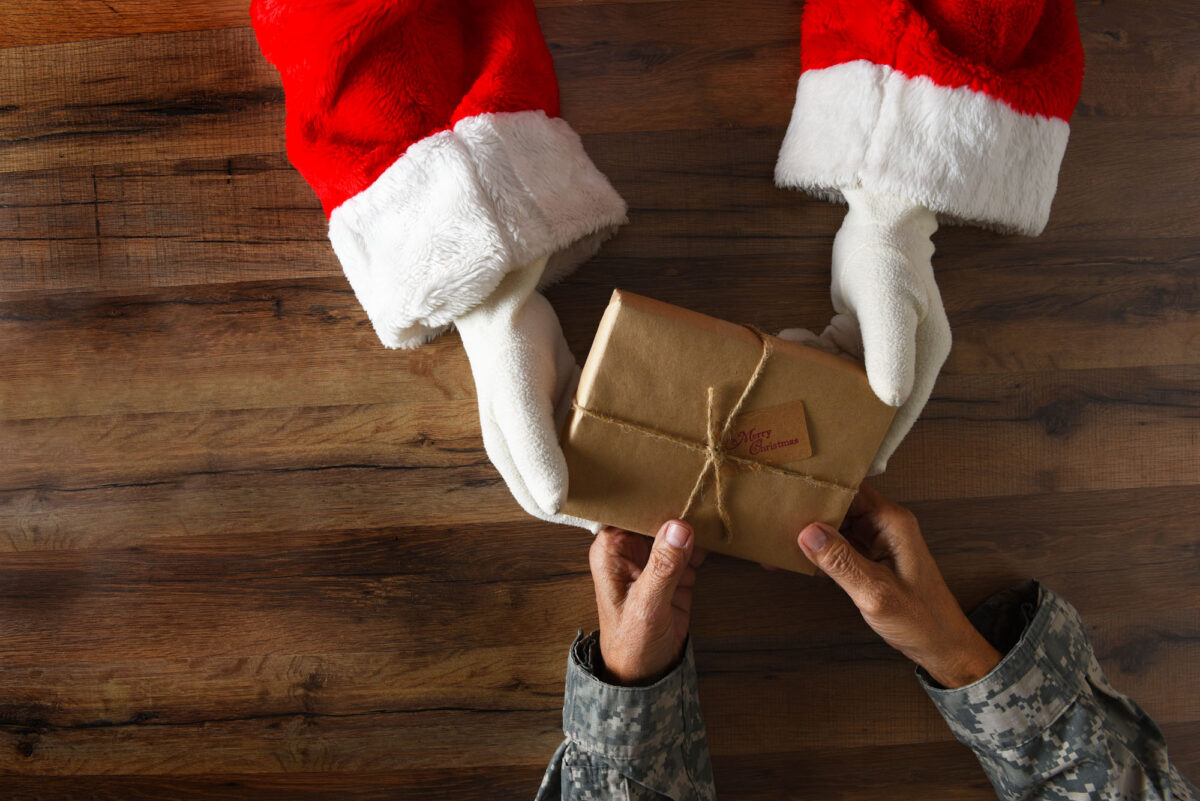
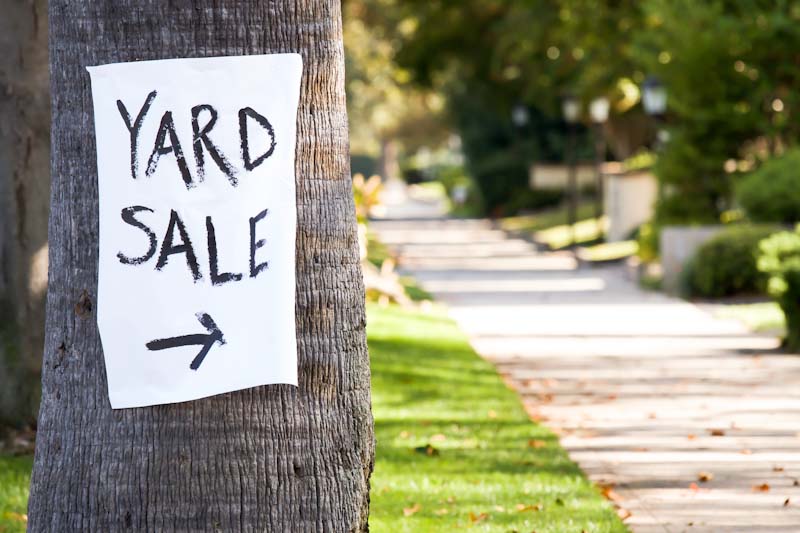
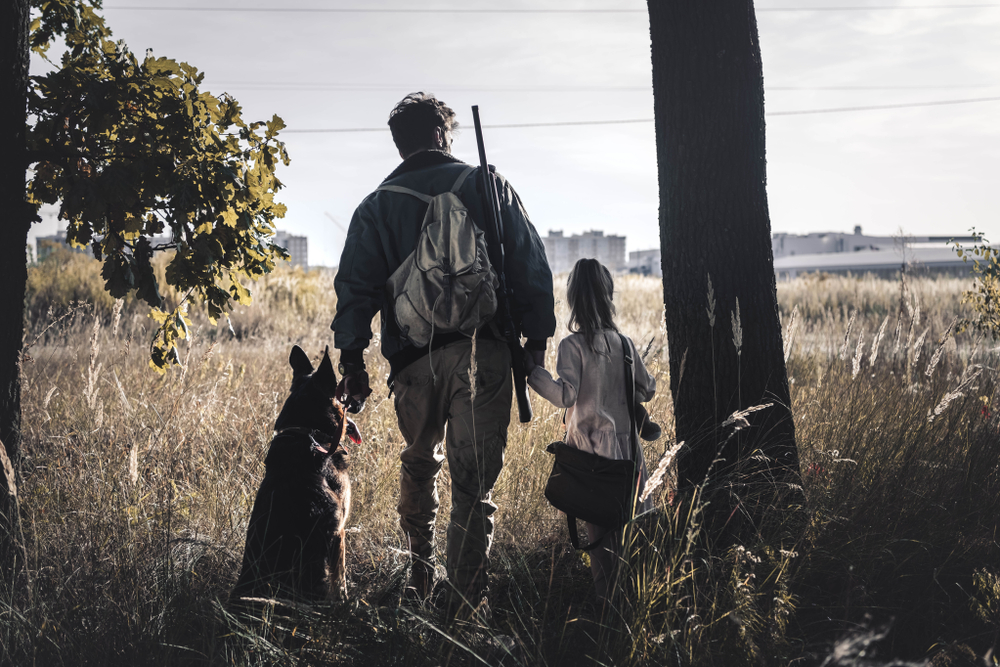
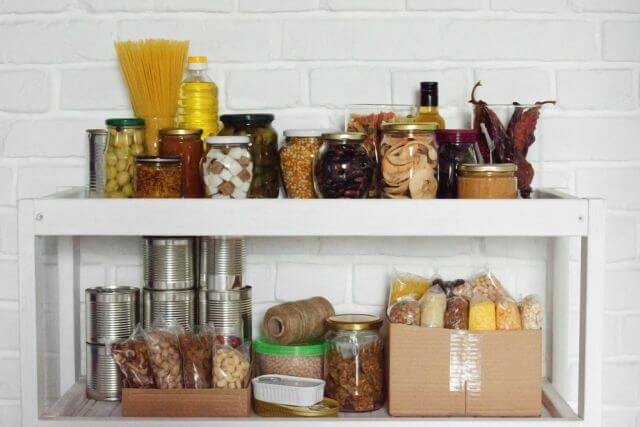

Michael | September 17, 2022
|
1. One suggestion, which I would like to offer, is to use a vinyl tape printer on storage containers. If you change or update the contents, you can remove the old label and reprint a new label; this is much simpler to revise and easier to read than permanent markers. The tapes are waterproof and fade resistant, under most circumstances. I prefer the Brother tape printers, although Dymo also makes some good tape printers. The Brother tape cartridges can be purchased in several different font and tape color combinations and widths, from quarter inch to one inch width. If there is a preview function, then use it to reduce errors, which waste tape.
2. I put labels on the my food storage flip top totes below the handle, which describe the basic contents and the date when packed.
3. I also put vinyl labels on all tool boxes, scientific instrument bags, zippered tool and accessory bags, (many of my containers are identical), so that I can locate them quickly for mission load-outs. On flexible fabric bags, I use the flexible label tape or sometimes use a drop of crazy glue to ensure the tape sticks well.
4. I must give credit for the idea to a disaster/comedy movie which I saw several years ago, called, “End of the World,” released in 2013, in which the reluctant heroes have a storage room with all of their preparations in zippered duffel bags, which are labeled with all of the potential disasters, which they might encounter.
Ruth | October 6, 2022
|
I wish everyone that offers things to help would understand that many of us out ere donto have the money…the doctors that make their own meds, but are in no way covered with insurance to be affordable,; the books that offer helps, but charge and then postage to making a $25 book nearly $50!. And if you need several things to complete being safer- well that is just not possible!. How about for free and lets work together to save us all, who are patriots and will have to be the ones to save this nation– if it is to be saved at all? Come on, pull together and just offer help! That is what I do in what I am able to share….it is free or exchanged for something. .That is the real American way!